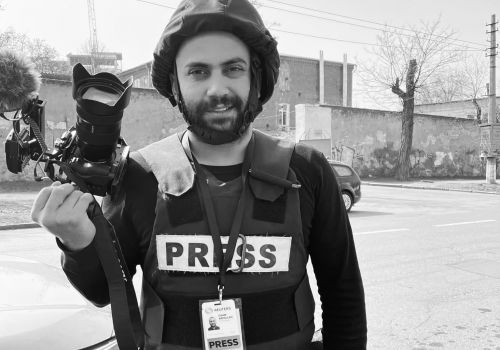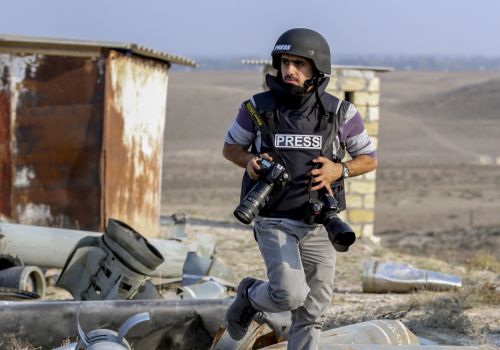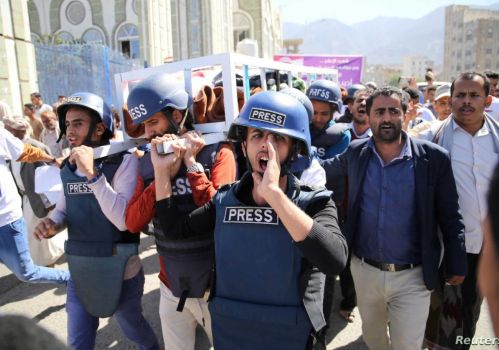Radio: Broadcasting without barriers
2022-02-12 11:38

UNESCO: Broadcasting without barriers
Just four short decades ago, the voice of broadcasting was little more than a whisper coming from half a dozen experimental stations in Europe and America operated by men inspired by an idea and a hope. A small but equally devoted band of amateurs, who had painstakingly created their own primitive receivers, were the only ones to hear that whisper. Good music and up-to-date news were not the objective for which these individuals searched, but simply a few spoken words or a snatch of unidentifiable music being hurled miraculously across space.
Today broadcasting is one of our most important means of mass communication. Over 9,000 transmitters and more than 300 million receivers are available to bring the voice of broadcasting into the lives of mankind. Radio is an instantaneous and efficient method of keeping people informed of important events no matter where they occur.
Freedom to listen by George Codding
Traffic jam on the broadcasting bands by Julian Behrstock, the UNESCO Courier, 1959
Radio 'hams': an international family by David Gunston, the UNESCO Courier, 1959
Into outer space on radio waves by Werner Buedeler, the UNESCO Courier, 1959
Radio's magic eye on the river Thames by Martin Chisholm, the UNESCO Courier, 1959
The Museum inside the receiver, the UNESCO Courier, 1959
Central Africa's 'saucepan special' by Peter J. Fraenkel, the UNESCO Courier, 1959
A Little less noise, please by M.H. Thompson, the UNESCO Courier, 1959
Read other articles on Radio:
The Saucepan radio shows "a good chance of new life" by Cyril Ray, the UNESCO Courier, 1950
International radio makes new waves by Cynthia Guttman, the UNESCO Courier, 1999
Radio: Stronger and more vibrant than ever, the UNESCO Courier, 2020










